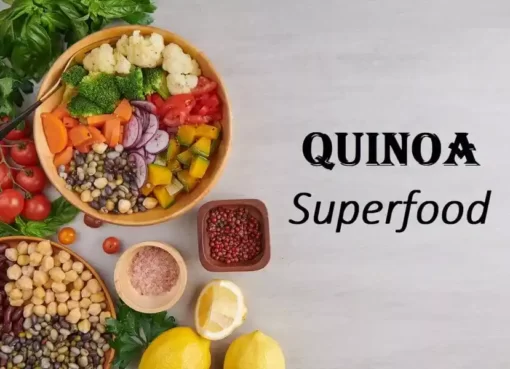Introduction
Matcha is a finely ground powder of specially grown and processed organic green tea cultivated specifically in Japan.
Its Green tea plants are shade-grown for about three weeks before harvest and the stems and veins are removed in processing
Matcha preparation begins several weeks before harvest and can last up to 20 days if the tea plants are shaded from direct sunshine. This slows growth raises chlorophyll levels, darkens the leaves, and promotes the production of amino acids, notably theanine. Only the finest tea buds are hand-picked.
It might take up to an hour to grind 30 grams of matcha once it has been harvested.
Its taste is dominated by its amino acids. The highest grades have a sweeter, richer flavor than tea with lower grades harvested later in the year.
Different Grades
Matcha is often more costly than other types of tea, however, the price varies depending on the quality. Its grades are determined by a variety of factors.
What Causes Variations in Matcha Grade Levels?
Oxidation is also a factor in determining grade. Matcha exposed to oxygen may easily become compromised. Matcha that has been oxidized has a characteristic hay-like aroma and a dull brownish-green hue.
Treatment before processing/grinding
Traditionally, tencha (dried matcha) leaves are dried outside in the shade away from direct sunlight., however, now drying mostly moved indoors.
Stone grinding dried leaves of matcha ‘tencha’
Without the proper equipment and method, matcha can get “burnt” and lose quality. It is typically stone-ground to a fine powder in Japan using specially constructed granite stone mills.
Traditional preparation
Matcha Green Tea: It is typically classified into 2 forms.
Boil water in a pan to about 80 degrees Celsius.
Thin (Usucha) – To make Usucha, add 1 – 2 teaspoons of matcha tea powder. Now, stir it in the ‘W’ motion until bubbles start to form at the top.
Thick (Koicha) – To make, Koicha, add 3 – 4 teaspoons of matcha tea powder. Now, stir the spoon in a circular motion until a flat & smooth layer is formed at the top.
It is important to drink the tea immediately and not to store it in kettles or teapots and drink at a later time, reason being with matcha, you are actually consuming the tea leaves powder as oppose to the regular tea where you drink the extract from the leaves.
Health Benefits
- Rich source of antioxidants – They have the nutrients and the enzymes to protect from radiation, and pollutants and have anti-aging properties. There is a famous saying that matcha has the most abundant natural anti-oxidants on Earth.
- Energy booster – It has a good amount of caffeine and other nutrients which keep the mind alert and attentive. It also rejuvenates and refreshes the human body cells.
- Immunity booster – It helps in auto-immune diseases and is very rich in the concentrated form of EGCG (Epi-Gallo-Catechin-Gallate) which has chemopreventive effects. Hence it reduces the risk of having cancers and HIV-related diseases.
- Protection against viruses – Due to potent EGCG, it has anti-viral properties as well which helps in preventing infections such as influenza A Hepatitis B & Hepatitis C.
- Heart diseases and diabetes – It has immense power to lower triglycerides levels and again due to its anti-oxidant properties, it prevents many cardiovascular diseases as well.
- It reduces the risk of having diabetes in people who consume it on a regular basis, Buddhist monks in Japan drink matcha tea on a regular basis and have the lowest incidence of diabetes in the World.
Worldwide Acceptance
Apart from its usage for culinary purposes worldwide, it is also used as a food dye & relished in ice creams, chocolates, candies & bakery products. Interestingly, it is also used in alcoholic beverages like liqueurs and green tea beers.
A word of caution: Though it protects us from numerous health conditions due to its high caffeine content, it may result in some side effects (if taken in extreme quantity) like,
- Loose stools or Diarrhea
- Sleeping disorders
- Cardiac Arrhythmia
- Irritable bowel syndrome.
In North America, Starbucks introduced “Green Tea Lattes” & other flavored drinks.
Citation
https://www.piedmont.org/living-better/the-health-benefits-of-matcha-tea
https://www.hsph.harvard.edu/news/hsph-in-the-news/matcha-health-benefits/
Photo by ROMAN ODINTSOV on Pexels.com





Your point of view caught my eye and was very interesting. Thanks. I have a question for you. https://www.binance.info/sv/join?ref=GJY4VW8W
Can you be more specific about the content of your article? After reading it, I still have some doubts. Hope you can help me. https://www.binance.com/lv/register?ref=WTOZ531Y
I don’t think the title of your article matches the content lol. Just kidding, mainly because I had some doubts after reading the article.